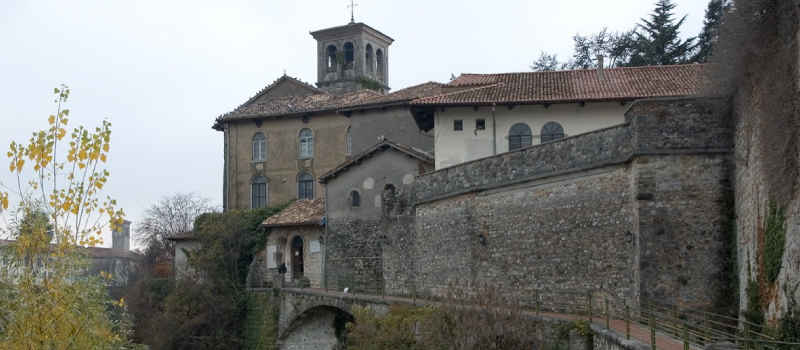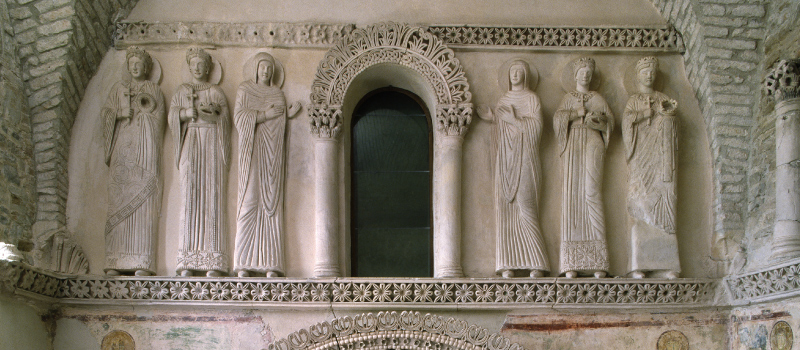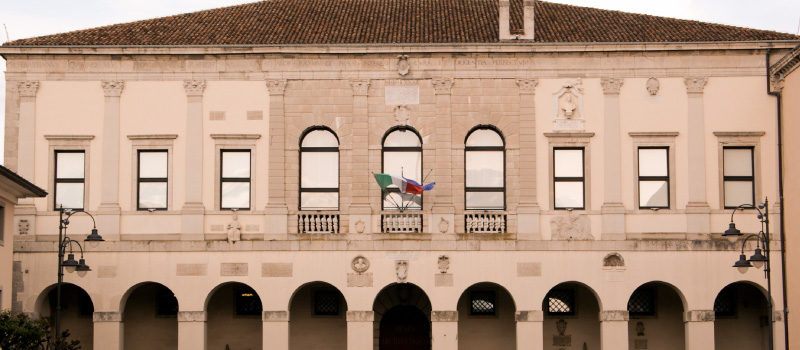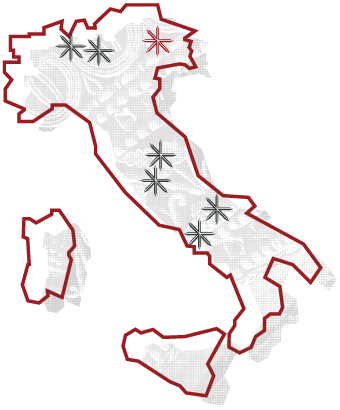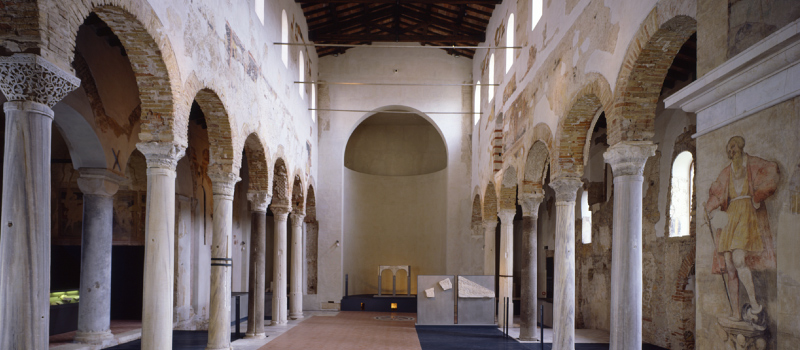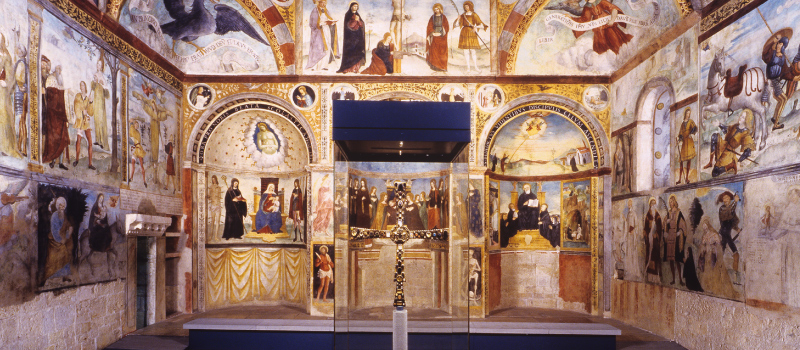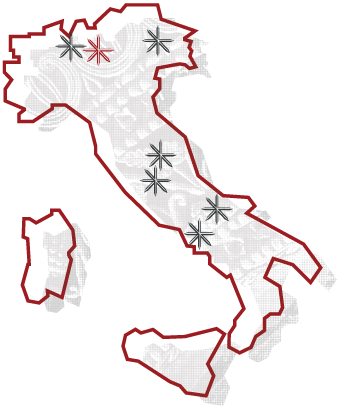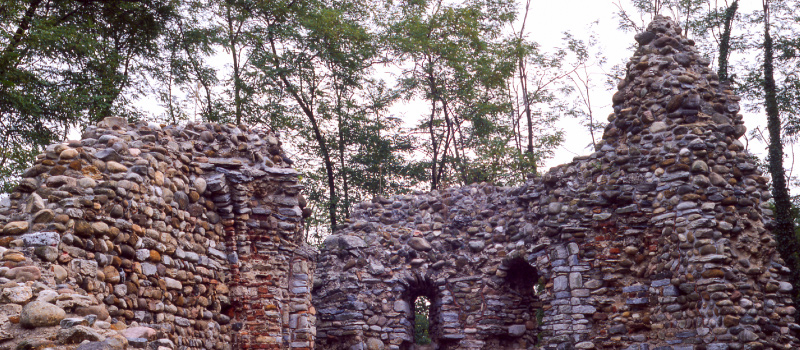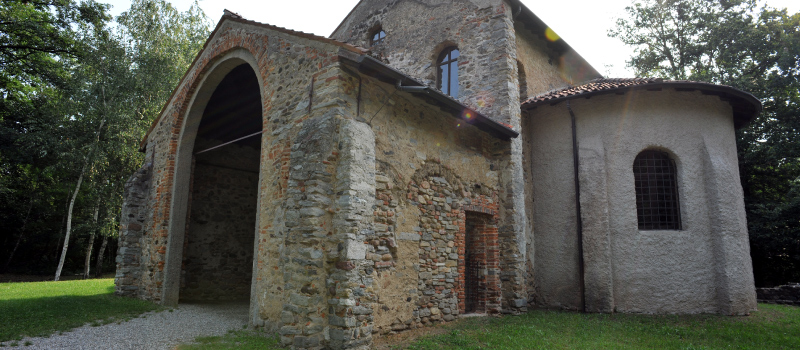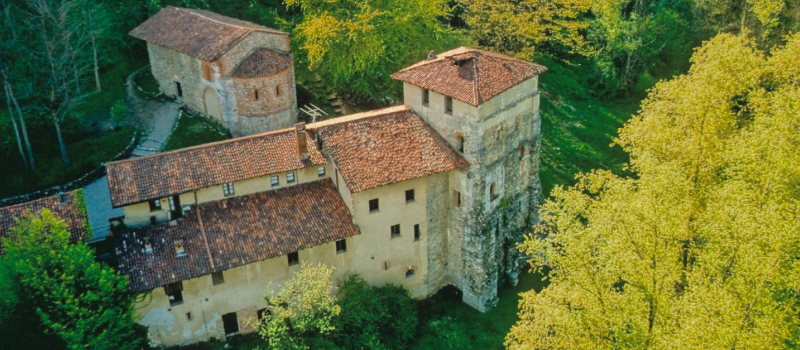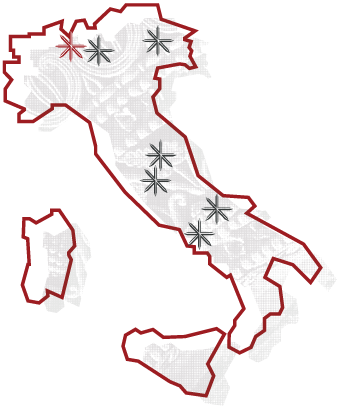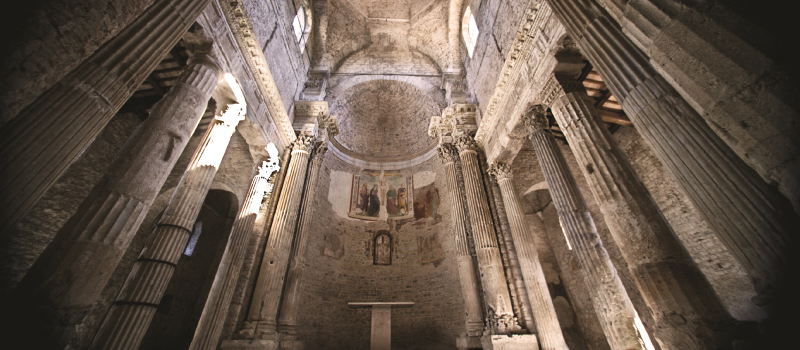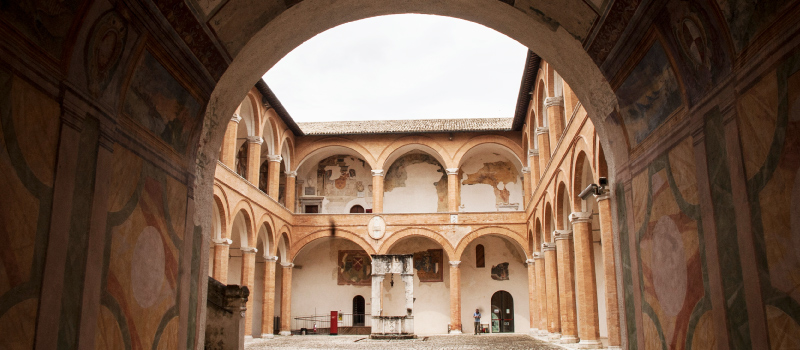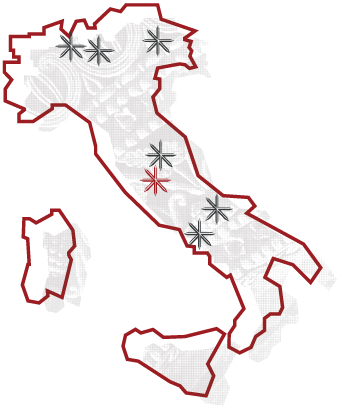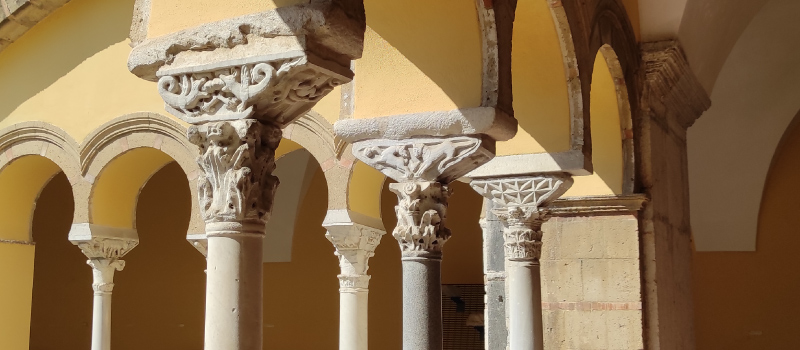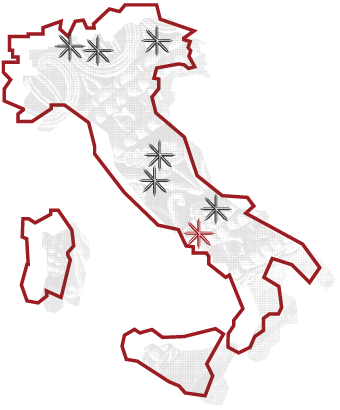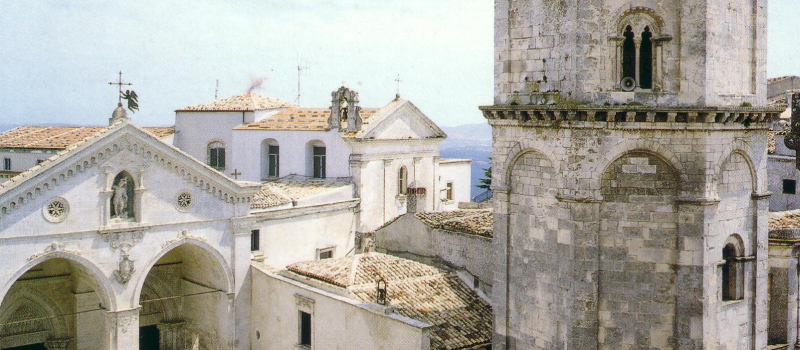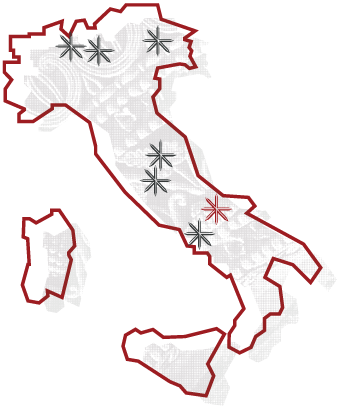Discover


Discover the
UNESCO site locations
The places belonging to the UNESCO Serial Site are spread throughout the Italian peninsula, from north to south.
Lombardy, Puglia, Umbria, Friuli Venezia Giulia and Campania: seven towns in five different regions contain the most significant Lombard period monuments in Italy. These early churches, museums and sanctuaries are fascinating artistic and architectural jewels, with priceless Lombard era treasures.
The components of the UNESCO Serial Site are
- the Gastaldate with the Lombard ‘Temple’ and Episcopal Complex in Cividale del Friuli (UD)
- the monumental area and San Salvatore – Santa Giulia monastic complex in Brescia
- the castrum with the Torba Tower and church of Santa Maria foris portas in Castelseprio Torba (VA)
- the church of San Salvatore in Spoleto (PG)
- the ‘Temple’ on the Clitunno in Campello (PG)
- the Santa Sofia complex in Benevento
- the San Michele sanctuary on Mount Sant’Angelo (FG)
Cividale del Friuli
Today the town wall encloses numerous buildings that testify to the Lombard period, from the ‘Tempietto’ to the episcopal complex, in addition to the treasures preserved in the National Archaeological Museum.
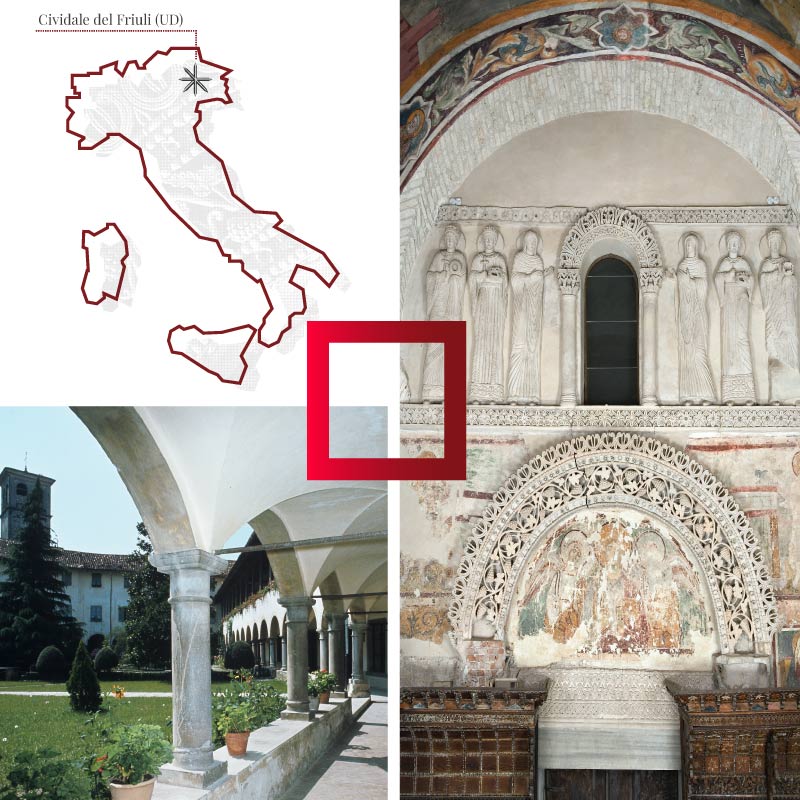
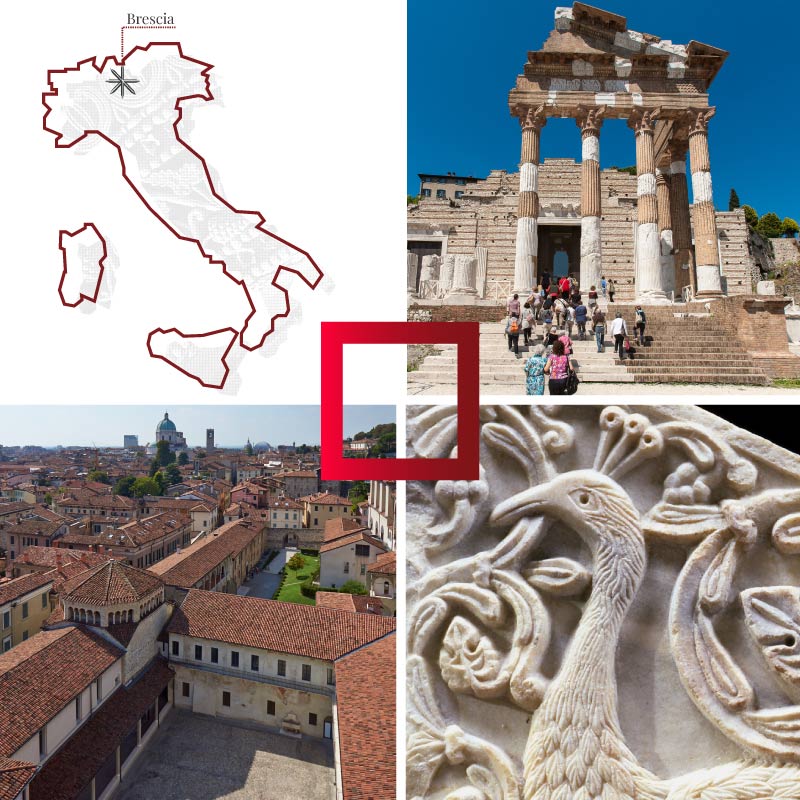
Brescia
The rise of King Desiderius and Queen Ansa brought great prestige to the town, which was endowed with a lasting legacy of great value: the San Salvatore – Santa Giulia monastic complex.
Castelseprio-Torba
In the heart of the River Olona valley, overlooked by Alpine passes, stands a defensive wall that also encloses Torba and contains many Lombard period remains: the Castelseprio Archaeological Park, the Castrum Sibrium, the monastery of Torba and the church of Santa Maria Foris Portas.
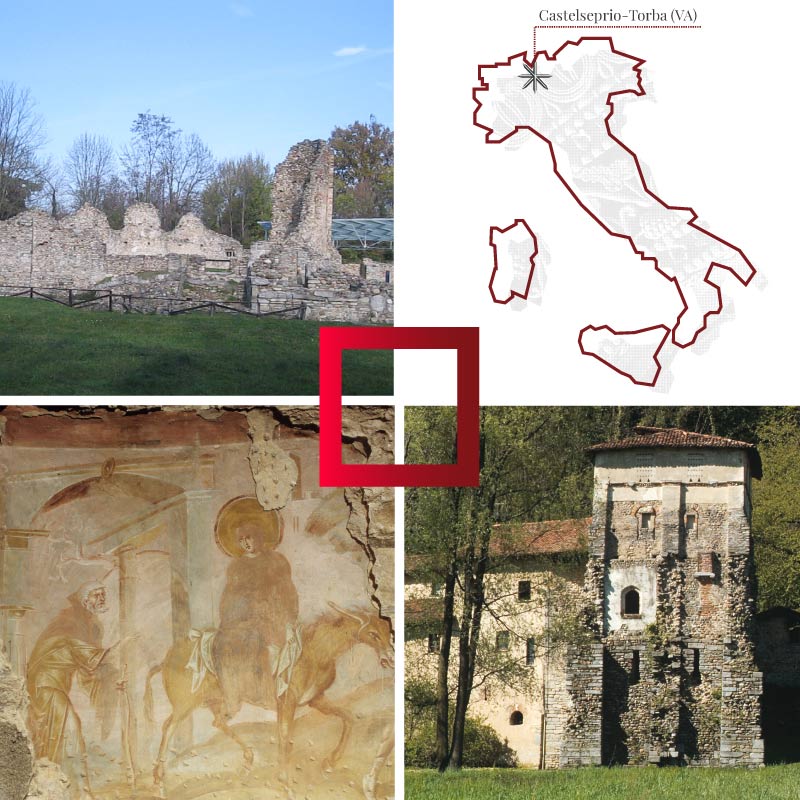
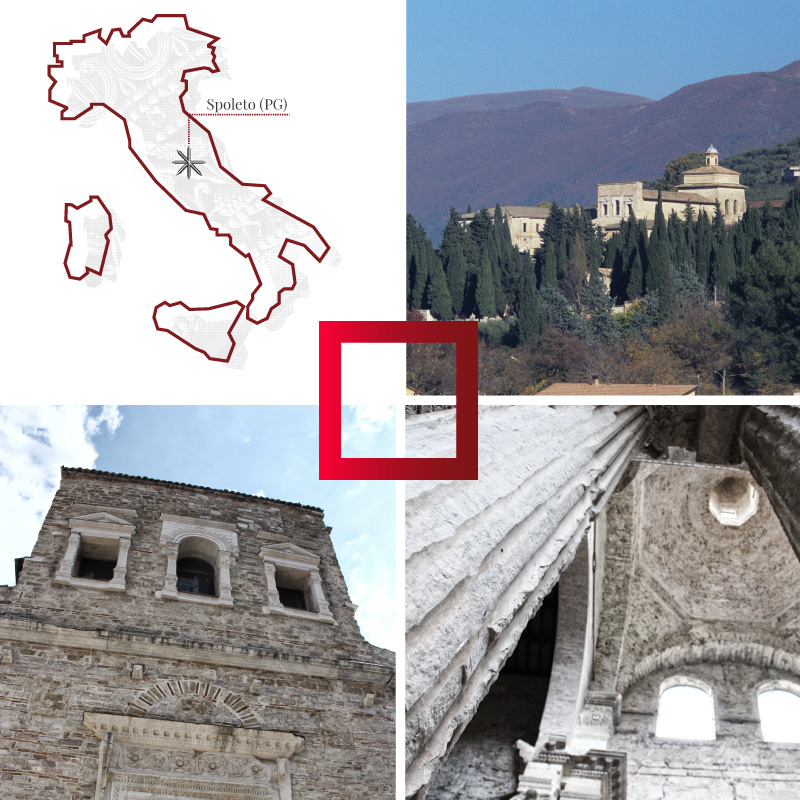
Spoleto
The church of San Salvatore is the result of the combination of two different tendencies, the expression of powerful Lombard elites and a cultural pluralism peculiar to the Early Medieval period.
Campello sul Clitunno
A few steps from the source of the River Clitunno stands one of the most important Late Antique monuments in Umbria: the Clitunno ‘Temple’.
A chapel similar in appearance to a Corinthian temple,
built between the 4th and 5th century, it enriches Campello sul Clitunno’s cultural heritage thanks to its Classical style and the mystery surrounding its original purpose.
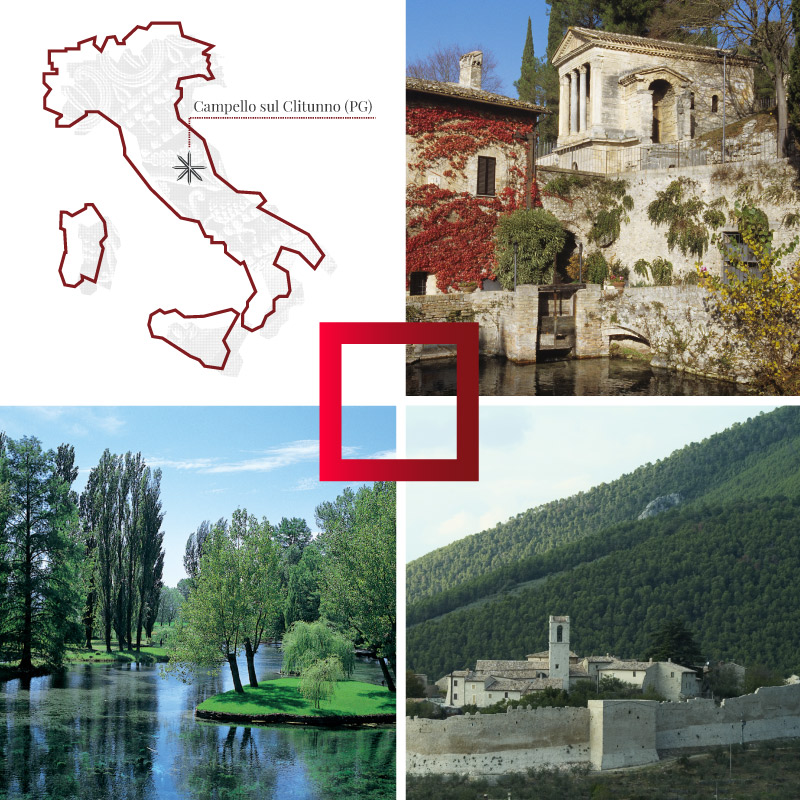
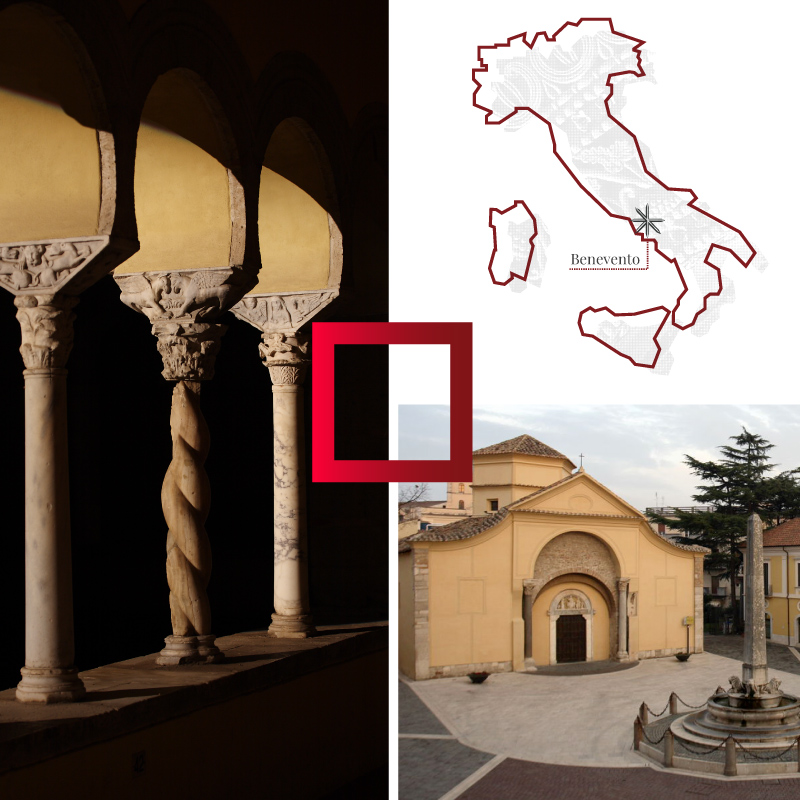
Benevento
From then on, the city underwent great growth in cultural activity and prestige until it became the capital of Langobardia Minor. Numerous remains of this period may be seen today in the church of Santa Sofia, the monastery cloister and the Samnium Museum.
Monte Sant’Angelo
After the Gargano was annexed to the Duchy of Benevento in AD 560, Monte Sant’Angelo became a Lombard reference point for the cult of the Archangel Michael. The Sanctuary of San Michele, to which a series of significant additions were made – such as the staircase, walkway and gallery – became a model for all European sanctuaries.
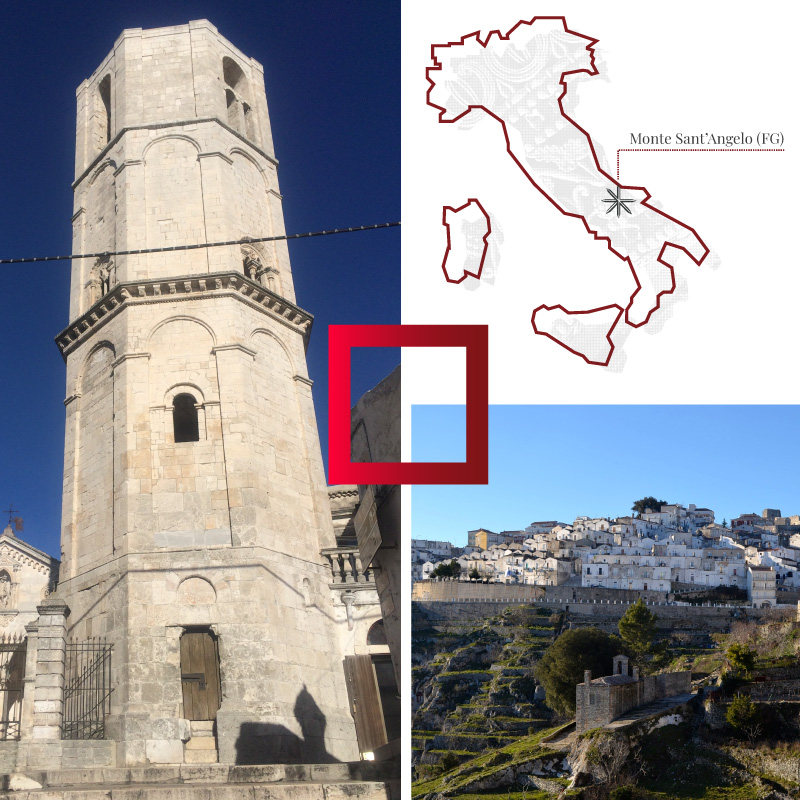
Associazione
Media gallery
Orari e biglietti
Longobardi
in vetrina
Three virtual, digital and interactive exhibitions: the world, history and culture of the Lombards is just a click away.

